The aim of this study was attempted to investigate both the glycation kinetics and protein secondary conformational changes of human serum albumin (HSA) after the reaction with ribose. The browning and fluorescence determinations as well as Fourier transform infrared (FTIR) microspectroscopy with a curve-fitting technique were applied. Various concentrations of ribose were incubated over a 12-week period at 37 ± 0.5 oC under dark conditions. The results clearly shows that the glycation occurred in HSA-ribose reaction mixtures was markedly increased with the amount of ribose used and incubation time, leading to marked alterations of protein conformation of HSA after FTIR determination.
In addition, the browning intensity of reaction solutions were colored from light to deep brown, as determined by optical observation. The increase in fluorescence intensity from HSA–ribose mixtures seemed to occur more quickly than browning, suggesting that the fluorescence products were produced earlier on in the process than compounds causing browning. Moreover, the predominant α-helical composition of HSA decreased with an increase in ribose concentration and incubation time, whereas total β-structure and random coil composition increased, as determined by curve-fitted FTIR microspectroscopy analysis. We also found that the peak intensity ratios at 1044 cm−1/1542 cm−1 markedly decreased prior to 4 weeks of incubation, then almost plateaued, implying that the consumption of ribose in the glycation reaction might have been accelerated over the first 4 weeks of incubation, and gradually decreased. This study first evidences that two unique IR peaks at 1710 cm−1 [carbonyl groups of irreversible products produced by the reaction and deposition of advanced glycation end products (AGEs)] and 1621 cm−1 (aggregated HSA molecules) were clearly observed from the curve-fitted FTIR spectra of HSA-ribose mixtures over the course of incubation time. This study clearly suggests that FTIR spectroscopic curve-fitting technique may be easily used to allow determining the marked changes in the secondary conformational structure and protein aggregation of HSA during ribosylation as well as the production of AGEs.
1.
Introduction
In recent few years, there have been substantial developments concerning the MHD equations, especially there is only partial or fractional dissipation. The MHD equations govern the motion of electrically conducting fluids such as plasmas, liquid metals, and electrolytes. The fundamental concept behind MHD is that magnetic fields can induce currents in a moving conductive fluid, which in turn polarizes the fluid and reciprocally changes the magnetic field itself. The set of equations that describe MHD are a combination of the Navier-Stokes equations of fluid dynamics and Maxwell's equations of electromagnetism. Since their initial derivation by the Nobel Laureate H. Alfvén [1] in 1924, the MHD equations have played vital roles in the study of many phenomena in geophysics, astrophysics, cosmology and engineering (see, e.g., [2,3]).
This paper establishes the stability of perturbations near a background magnetic field of the 3D MHD equations with mixed partial dissipation and magnetic diffusion in periodic domain.
where $ u $ denotes the velocity field of the fluid, $ P $ the total pressure, $ B $ the magnetic field, $ \nu > 0 $ and $ \eta > 0 $ are the viscosity and the magnetic diffusivity. We define the 3D periodic space domain $ \Omega = [0, L]^{2}\times \mathbb{R} $, the periodic solution means $ u(x+e_{i}, t) = u(x, t)\, \, (i = 1, 2, 3) $, for all $ x $ and $ t\geq 0 $, where $ e_{i} $ are the standard basis vectors, $ e_{1} = (1, 0, 0)^{t} $. We know that (1.1) admits the following steady state solution
It is clear that a special solution of (1.1) is given by the zero velocity field and the background magnetic fields $ B^{(0)} = (1, 0, 0) $. The perturbation $ (u, b) $ with $ b = B-B^{(0)} $ obeys,
where, for notational convenience, we write
In addition, for convenience, we define the norm for the $ L^{p}(\Omega) $ space, for $ p\in [1, \infty] $, is denoted by $ \|f\|_{p} $. The inner product of $ f $ and $ g $ in the $ L^{p}(\Omega) $ space is denoted by $ (f, g) = \iiint_{\Omega}fg\, dx_{1}dx_{2}dx_{3}: = \int_{\Omega}fg\, dx $. Respectively, the horizontal flow is defined in $ \Omega $ with $ \int_{[0, L]^{2}} u\, dx = 0 $ and $ \int_{[0, L]^{2}} b\, dx = 0 $.
This paper aims at the stability problem on the perturbation of (1.1) near $ (u^{(0)}, B^{(0)}) $. Equivalently, we establish a small data global well-posedness result for (1.2) supplemented with the initial condition
Our main result can be stated as follows.
Theorem 1.1. Consider (1.2) with initial data $ (u_0, b_0)\in H^2(\Omega) $ satisfies $ \nabla\cdot u_{0} = \nabla\cdot b_{0} = 0, \int_{[0, L]^{2}} u_{0}dx = 0 $ and $ \int_{[0, L]^{2}} b_{0}dx = 0 $. Then there exists a constant $ \delta = \delta(\nu, \eta) > 0 $ such that, if
then (1.2) has a unique global solution
satisfying
for any $ t > 0 $ and $ C = C(\nu, \eta) $ is a constant.
The MHD equation, especially those with partial dissipation have recently attracted considerable interests. There are substantial developments on two fundamental problems, the global regularity and stability problems, which have been successfully established by many authors via different approaches [4,5,6,7]. In particular, it is also worth mentioning the beautiful work of [8], which made further progress by providing the stability of perturbations near a background magnetic field of the 3D incompressible MHD equation with mixed partial dissipation and deal with the $ H^3 $-estimate. To give a more complete views of current studies on the stability, we also mention some of exciting results in [9,10,11,12]. In this paper, we mainly deal with the $ H^2 $-estimate for the solution of (1.2). The stability of the incompressible MHD equation with mixed partial dissipation is not well-solved, except in the periodic case. Our study of the stability problem on (1.2) is inspired by the recent important result in [13], which is different with the whole region is that helps to solve the periodic problem.
We employ the bootstrapping argument to prove the desired $ H^2 $-stability. And we define the $ H^2 $-energy E(t) by
and prove that, for a constant $ C > 0 $ and any $ t\geq 0 $,
Once (1.6) is established, an application of the bootstrapping argument would imply the desired global stability. The details are given in section 2. Due to the presence of the anisotropic dissipation, we make use of anisotropic estimates for triple products (see Lemma 2.1 in section 2).
The proof of Theorem 1.1 is not trivial. A natural starting point is to bound $ \|u\|_{H^3}+\|b\|_{H^3} $ via the energy estimates. However, due to the lack of the vertical dissipation, some of the nonlinear terms can not be controlled in terms of $ \|u\|_{H^3}+\|b\|_{H^3} $ or the dissipation parts $ \|\nabla_{h}u\|_{H^3} $ and $ \|\nabla_{h}b\|_{H^3} $. Thus, we show the stability of equations (1.1) by bootstrapping argument which will be shown in section 3, and we also show the uniqueness in that section.
2.
Proof of Theorem 1.1 and anisotropic estimates
This section applies the bootstrapping argument to prove Theorem 1.1. In addition, we provide the anisotropic inequality to be used in the proof of (2.1) in the subsequent section.
2.1. Proof of Theorem 1.1
Roughly speaking, the bootstrapping argument starts with an ansatz that $ E(t) $ is bounded, say
and show that $ E(t) $ actually admits a smaller bound, say
when the initial condition is sufficiently small. A rigorous statement of the abstract bootstrapping principle can be found in T. Tao's book (see[14]). To apply the bootstrapping argument to (2.1), we assume that
When (2.1) holds, we have
It then follows from (1.6) that
if we choose $ \delta > 0 $ sufficiently small such that
then (1.3) and (2.2) imply that
the bootstrapping argument then leads to the desired global bound
this completes the proof of Theorem 1.1.
As usual, the Sobolev space $ H^{1}(\Omega) = \{f\in L^{2}(\Omega):\nabla f\in L^{2}(\Omega)\} $. In addition, we define the following Hilbert space,
that features the inner product $ (f, g)_{H_{h}^{1}(\Omega)} = (f, g)_{L^{2}(\Omega)}+(\nabla_{h} f, \nabla_{h} g)_{L^{2}(\Omega)} $.
The rest of this section provides the anisotropic inequality. The MHD system examined in this paper involves the estimates of quite a few triple terms. Anisotropic inequality appears to be necessary to deal with such partially dissipated system.
Lemma 2.1. Let $ f\in H^{1}(\Omega) $, $ g\in H^{1}_h(\Omega) $, $ h\in L^{2}(\Omega) $. Then,
The proof of Lemma 2.1 can be found in [9].
3.
Proof of kernal part of bootstrapping
This section proves the major estimate in (1.6), namely
where $ E(t) $ is defined in (1.5). The core of the proof is to bound the $ H^2 $-norm of $ (u, b) $ suitably. For the sake of clarity, the proof is divided to two main parts, the first one is devoted to the $ H^{2} $-stability and the second one is to the uniqueness. The local existence can be obtained by a standard approach of Friedrichs' method of cutoff in Fourier space (see, e.g., [15]), we omit the details here.
3.1. The $ H^{2} $-stability
Due to the equivalence of $ \|(u, b)\|_{H^2} $ with $ \|(u, b)\|_{L^2}+\|(u, b)\|_{{\dot{H}}^2} $, it suffices to bound the $ L^{2} $-norm and the $ {\dot{H}}^{2} $-norm of $ (u, b) $. By a simple energy estimate and $ \nabla\cdot u = \nabla\cdot b = 0 $, we find that the $ L^{2} $-norm of $ (u, b) $ obeys
The rest of the proof focuses on the $ {{\dot{H}}^{2}} $-norm, applying $ \partial^{2}_{i}(i = 1, 2, 3) $ to (1.2) and then dotting by $ (\partial^{2}_{i} u, \partial^{2}_{i} b) $, we find
where
Note that
Integrating by parts and $ u(x+e_{i}, t) = u(x, t)\, \, (i = 1, 2, 3) $, $ I_1 = 0 $. To bound $ I_2 $, we decompose it into two pieces
$ I_{21} $ involves the favorable partial derivatives in $ x_1 $ and $ x_2 $, respectively. Its handling is not difficult. In contrast, $ I_{22} $ has partial in terms of $ x_3 $ and the control of $ I_{22} $ is delicate.
By Lemma 2.1 with $ f = \partial_{i}^{k}u $, $ g = \partial_{i}^{2-k}\nabla u $, $ h = \partial_{i}^{2}u $ and Poincaré's inequality, we obtain
where we have used the Poincaré's inequality
We further decomposed $ I_{22} $ into two terms
By Lemma 2.1,
Using Lemma 2.1 and $ \nabla\cdot u = 0 $, we obtain
Combining (3.3)–(3.5), we find
We now turn to the estimates of $ I_{3} $,
By Lemma 2.1,
Similar to $ I_{22} $, $ I_{32} $ is naturally split into two terms
By Lemma 2.1,
Also
Combining(3.6)–(3.8) yields
For $ I_{4} $,
By Lemma 2.1,
We decompose $ I_{42} $ into two terms
Using Lemma 2.1,
Similarly
Combining all the estimates(3.9) through (3.11) yields
It remains to estimate $ I_{5} $,
By Lemma 2.1,
The difficult term is $ I_{52} $, which is further decomposed into two terms
By Lemma 2.1,
Similarly, $ I_{522} $ can be estimated as follows
Combining (3.12)–(3.14), we have
Therefore, if we set
By Hölder's inequality, the time integral of the bounds for $ I_2, I_3, I_4 $ and $ I_5 $ can be estimated as follows
Integrating (3.2) in time and combining with (3.1), we find
A bootstrapping argument implies that, there is $ \delta > 0 $, such that, if $ E(0) < \delta^{2} $, then
for a pure constant C and for all $ t > 0 $, which implies $ H^{2} $-stability.
3.2. Uniqueness
This subsection proves the uniqueness part of Theorem 1.1. We show that two solutions $ (u^{(1)}, P^{(1)}, b^{(1)}) $ and $ (u^{(2)}, P^{(2)}, b^{(2)}) $ of (1.2) in the regularity class (1.4) must coincide. Their difference $ (\widetilde{u}, \widetilde{P}, \widetilde{b}) $ with
satisfies, according to (1.2)
Basic energy estimates show that
where
By Lemma 2.1, $ K_{1} $, $ K_{2} $, $ K_{3} $, $ K_{4} $ can be bounded as follows
Combining (3.16)–(3.19), we set $ Y(t) = (\|\widetilde{u}(t)\|_{2}^{2}+\|\widetilde{b}(t)\|_{2}^{2}) $,
where
Since $ (u^{(2)}, b^{(2)}) $ is in the regularity class (1.4). For any $ T > 0 $, we have
Gronwall's inequality applied to (3.20) implies that, for any $ T > 0 $,
In particular, the initial values of the two solutions in the regularity class (1.4), then (3.21) implies $ Y(t) = \|\widetilde{u}(t)\|_{2}^{2}+\|\widetilde{b}(t)\|_{2}^{2}\equiv0 $ for any $ T > 0 $. This completes the proof of the uniqueness.
4.
Conclusions
In this paper, we gave the stability of the 3D incompressible MHD equations near a background magnetic field with horizontal dissipation in periodic domain by bootstrapping argument. The main part of bootstrapping argument relies on proof of inequality (2.1). We get through it by the anisotropic inequality, and Poincaré's inequality helps a lot in periodic domain.
Acknowledgments
We would like to thank the referees for giving us many helpful suggestions in improving our paper. Ji is supported by the National Natural Science Foundation of China (NSFC) under grant number 12001065.
Conflict of interest
The authors declare no conflict of interest.











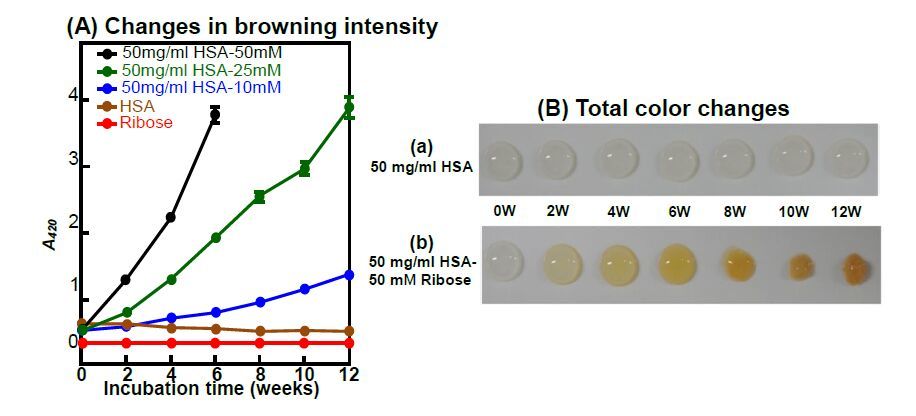
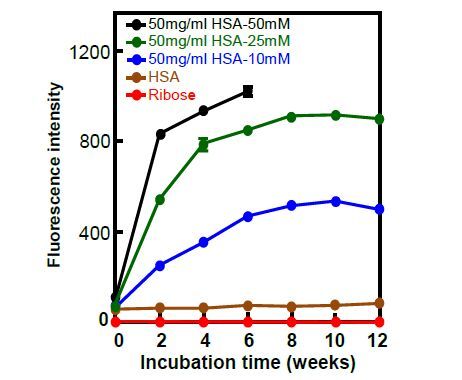
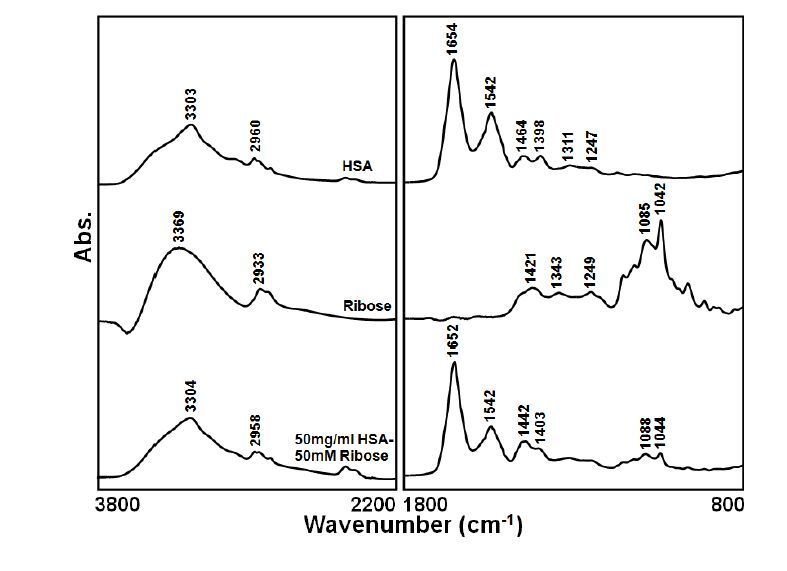
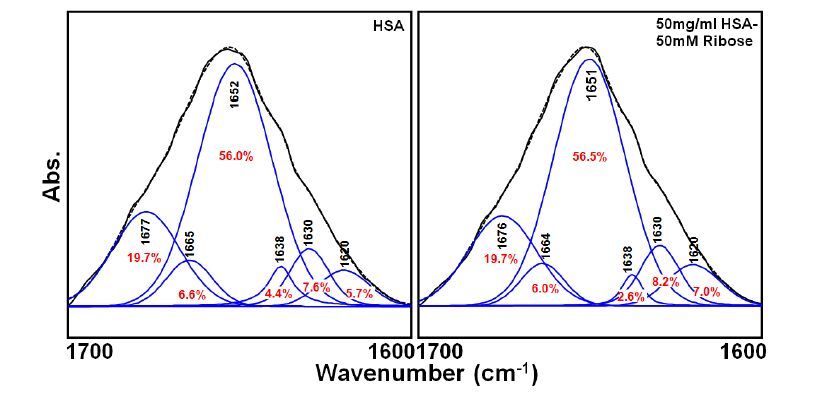
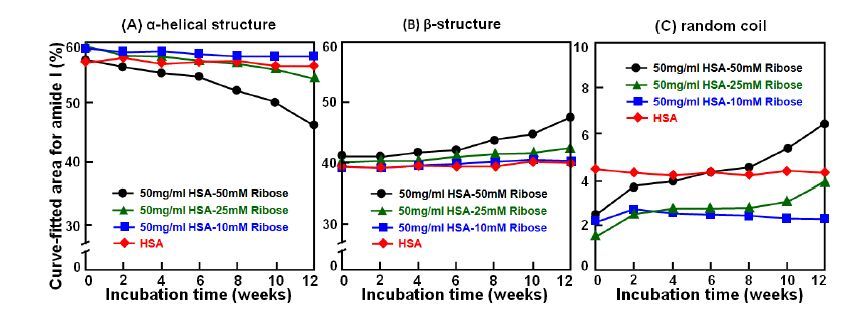

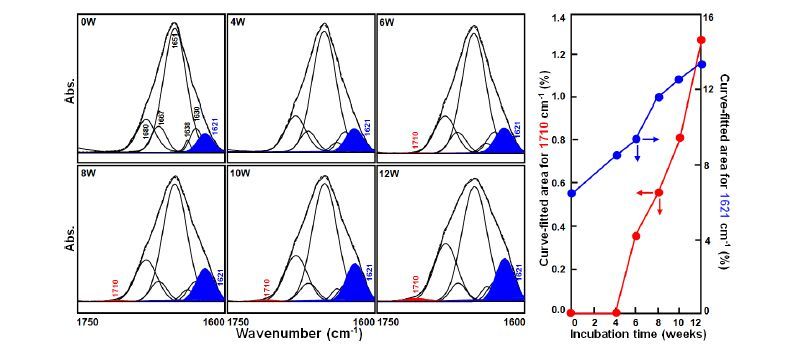


 DownLoad:
DownLoad: